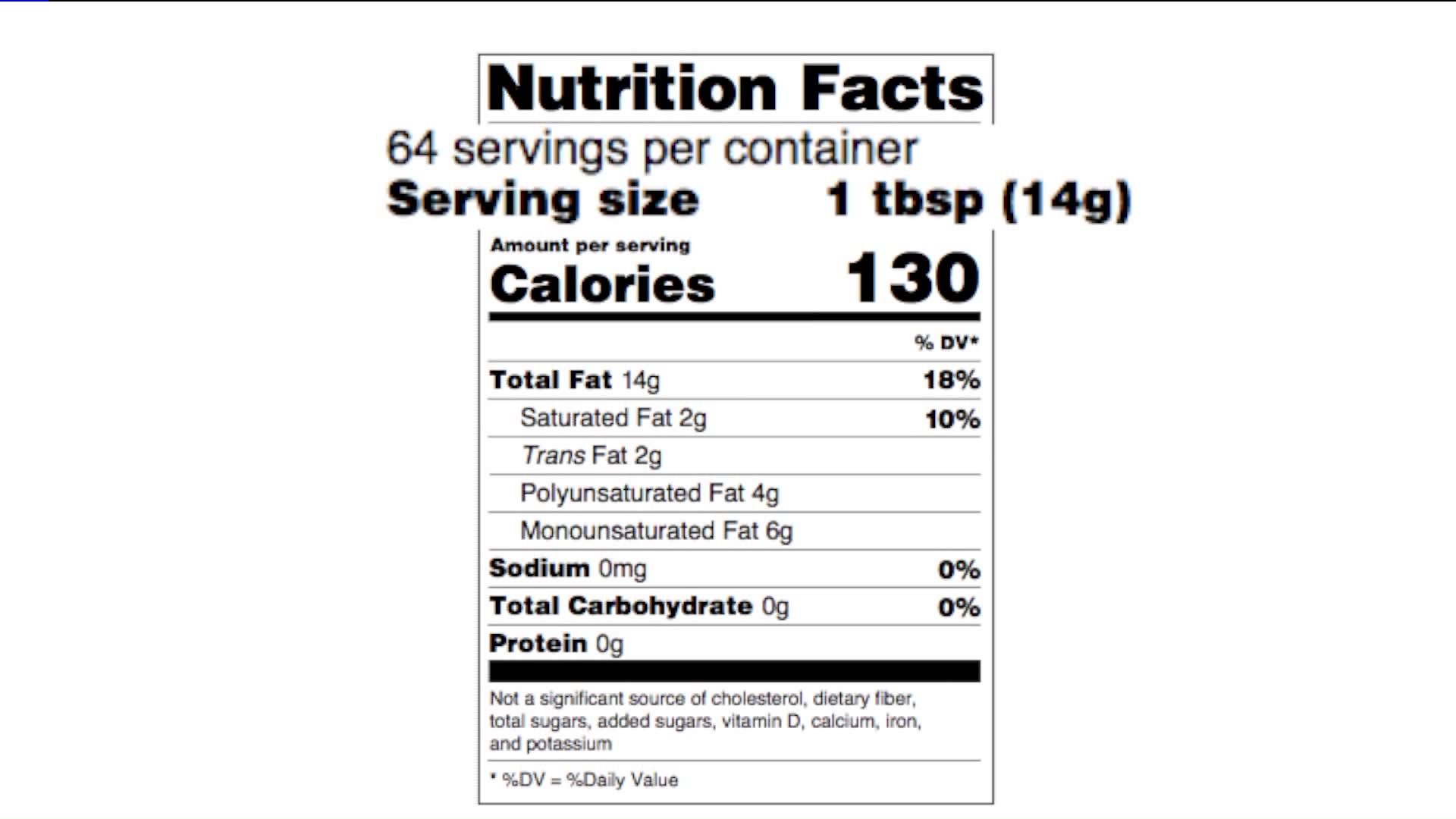You may have noticed slight changes to food nutritional labels already, but starting on January 1st, a large portion of food manufacturers will be required to adopt changes to the labeling requirements, to make them clearer, and easier to interpret and use. The labels will focus more on certain nutrients that people tend not to get enough of, but other basics will stay the same.
“We’re still looking at 2000 calories [as the average daily standard], and the percentage of makeup for carbohydrates fat is still saying relatively the same,” said Carrie Taylor, Big Y’s lead dietitian nutritionist, “but looking at what does the average American fall short on we need to start putting those on the label.”
Those nutrients, like vitamin D and potassium, will show up on labels, in cases where they don’t already because people don’t get enough of them.
Taylor said one current part of the label will take a more starring role.
“You’re going to see the total calories a little larger just so when you’re shopping you can see that number pretty quickly,” she said. You may have noticed that already, as some companies adopted these new standards early.
While some things are being added, others are going away.
“We’re getting away from percent calories from fat because we’re not focusing on fat being a bad nutrient,” Taylor said. She explained the type of fat you’re consuming is more important than just the raw amount, so you’ll continue to see a breakdown of the types of fat listed.
Like fats, sugars aren’t all created equal either.
The new “added sugars” part of the label can be a great guide to what is and isn’t healthy.
“It really cuts through the concept of, okay sugars, well, is that a naturally occurring sugar like lactose in milk or is that added sugar because of the chocolate,” Taylor said.
Perhaps the most meaningful and common-sense change comes to the serving sizes, to better reflect how much we eat and drink at once, and discourage manufacturers from lowballing those serving sizes to make their products seem less caloric.
“There is something to say about, ‘Wait a second, why is your high sugar cereal three-quarters cup but your no-added-sugar cereal’s a cup?’,“ Taylor said.

